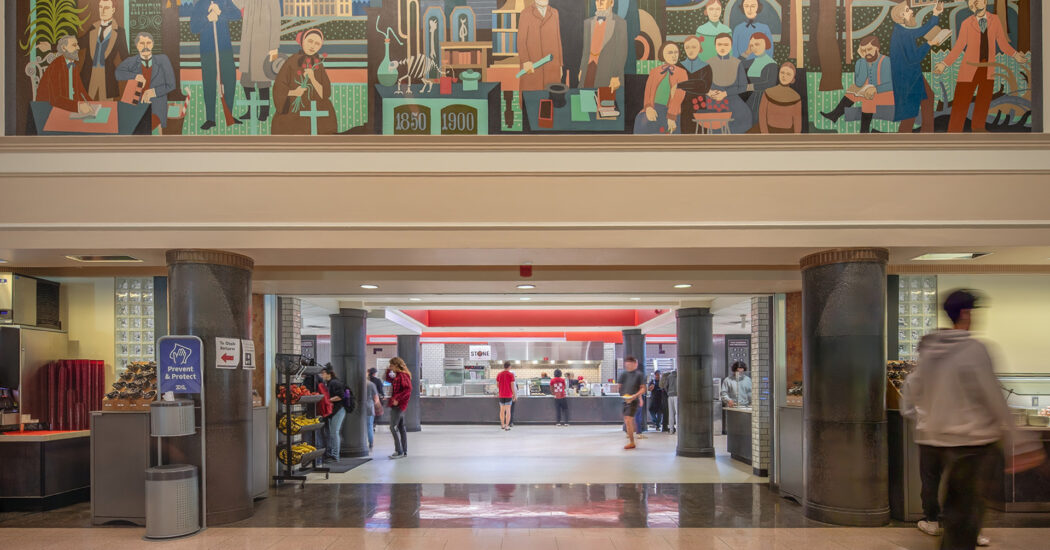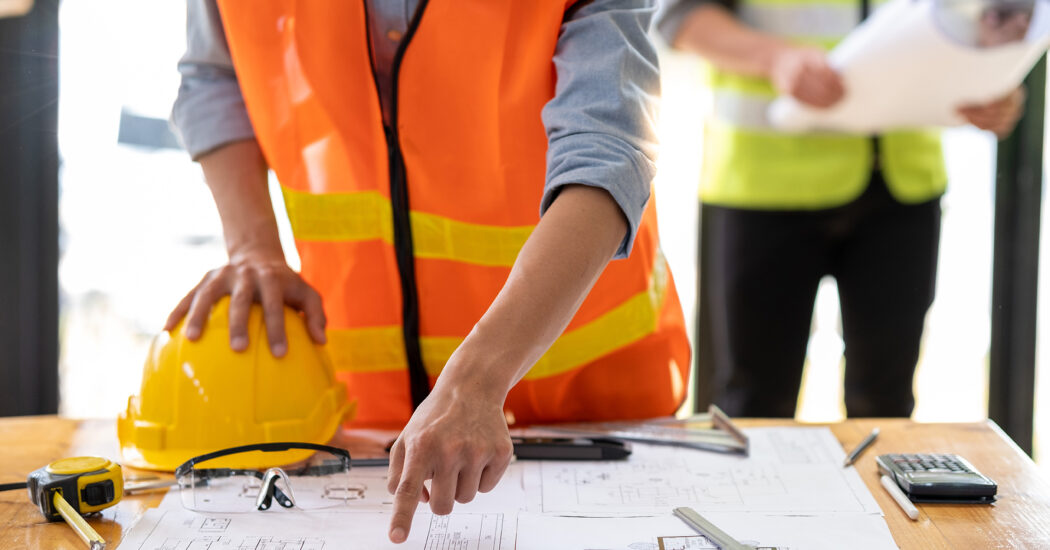Elevate Your Expectations for Downtown Development, Part III
-
Category
Studio-Lifestyle, Studio-Community, Innovation -
Posted By
Wayne Schmidt -
Posted On
Apr 29, 2015
In my Indianapolis Business Journal column listing 10 things Indianapolis could do to make our already thriving downtown an even better place to live, the third item was:
Mix in more housing individuals can afford. Starter living units with lower price points will lure sought-after young professionals earlier.
Energy consumption will make housing and retail density even more important in years to come. Housing and retail density is also crucial for urban walkability – or simply put, if we can live, work, eat and shop within walking distance we consume less fuel.
Many urban residential developers aim for the high-end consumer. That’s understandable. It’s where the higher margins are.
But if we’re trying to attract millennials to Indianapolis’ downtown, we need “starter” housing for young professionals.
A good, comprehensive plan for urban housing includes a little bit of everything: studio apartments, one-bedroom units and the two-bedroom and larger units that allow young professionals with children to remain urban dwellers.
The art is weaving both the high-cost units and the low-cost units into the same urban area without upsetting the high-income residents! Once an urban neighborhood is overbalanced with high-wealth occupants, the NIMBY (Not in my back yard) syndrome begins to set in.
If we plan our urban residential neighborhoods with a good balance from the beginning, it’s easier to make it work. And our “starter” young professional tenants move up into larger and more luxurious digs once their incomes begin to increase.
Balance – as always – is the key.
Think about established urban neighborhoods in other cities you love. Can an outside observer really tell from the exterior which are the affordable places, and which are the luxury ones? Can you distinguish the full floor living space buildings from the studio apartment ones? Not necessarily.
We’re beginning to see a growing trend of including social spaces in the design of urban housing for millennials. While a small apartment might be desirable and have great monthly rent, fitness rooms and gathering spaces for barbeques, games, drinks, and watching sports makes urban living more fun.
To read my IBJ column, click here.







